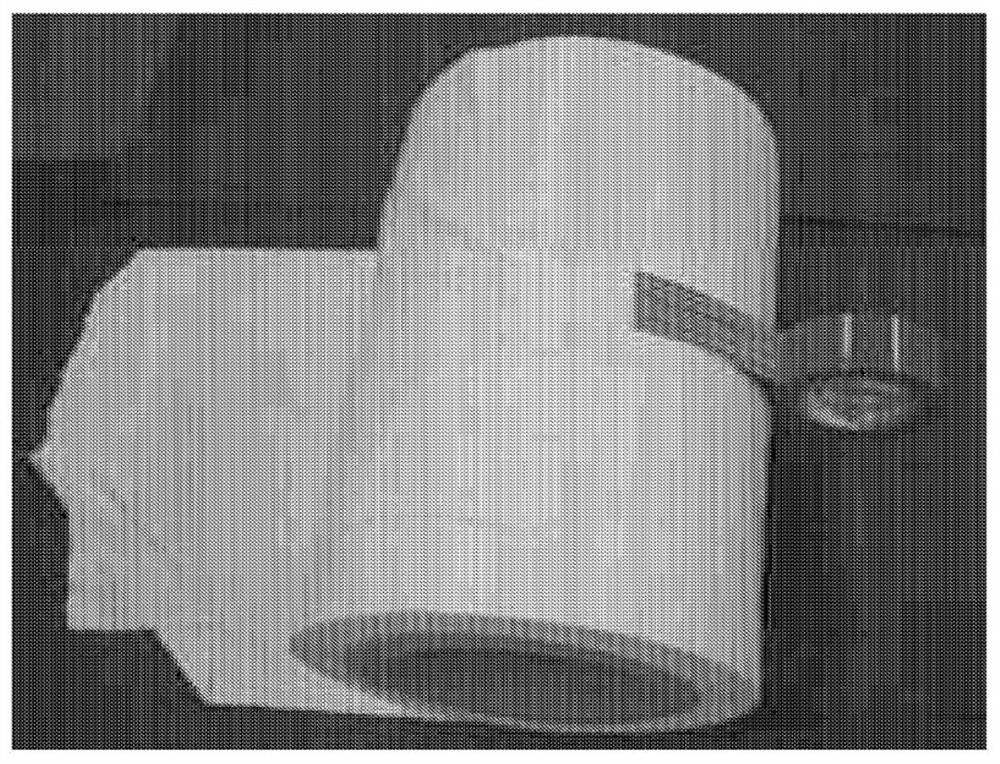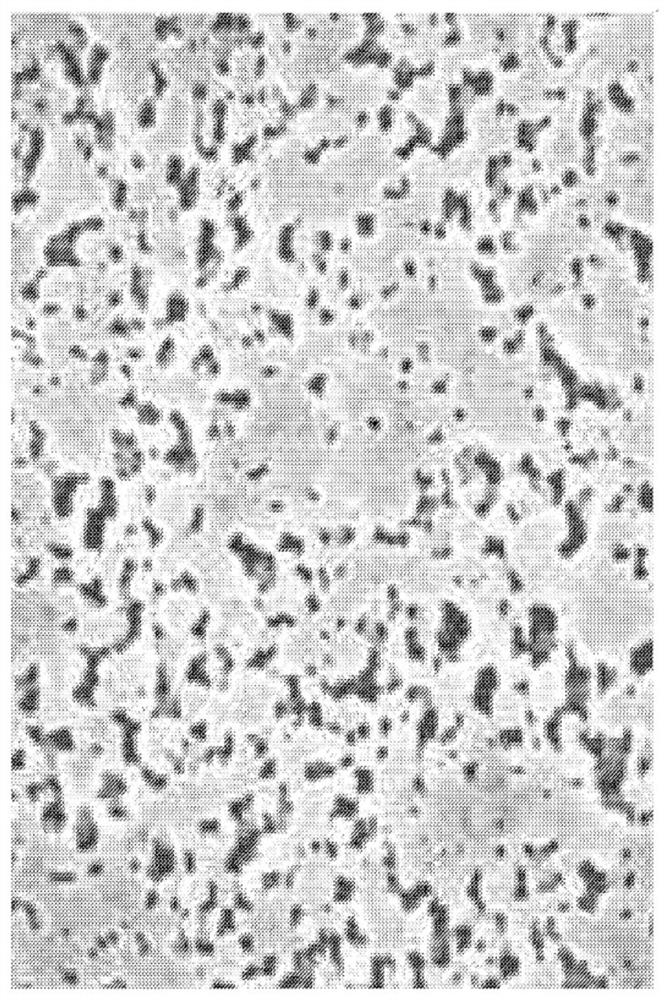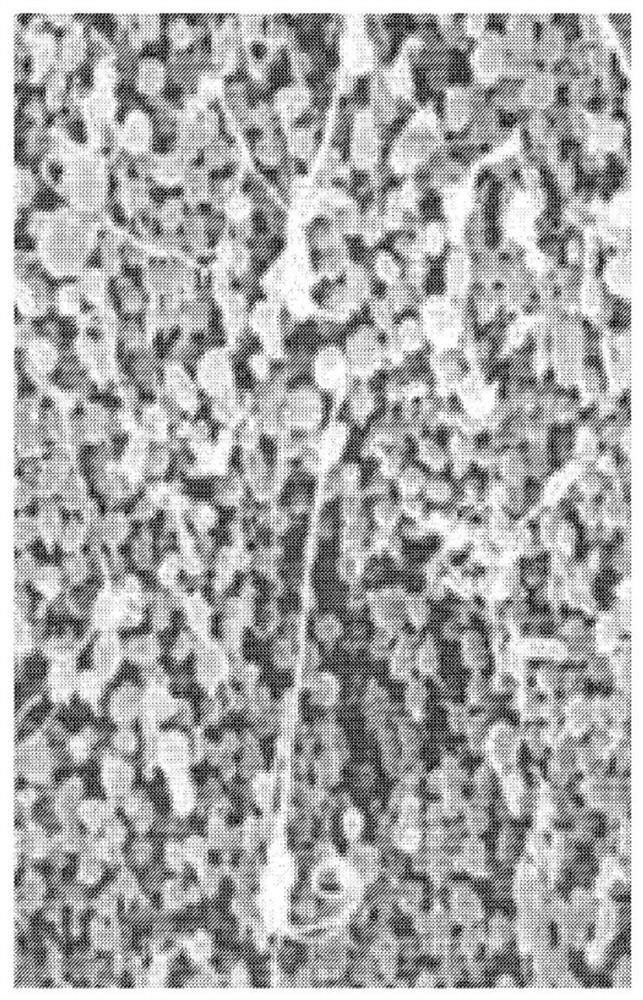Methods respectively for producing unbaked polytetrafluoroethylene film and porous membrane provided with same
A polytetrafluoroethylene and tetrafluoroethylene technology, which is applied in the field of unsintered polytetrafluoroethylene films, can solve the problem of removing uneven particle configuration and uneven scars on the surface and inside of the forming aid film, stretched films and porous films Particles, inability to perform uniform surface treatment, etc., to achieve the effects of improved lamination, improved uniformity, and improved tensile strength
- Summary
- Abstract
- Description
- Claims
- Application Information
AI Technical Summary
Problems solved by technology
Method used
Image
Examples
Embodiment 1
[0083] As the PTFE fine powder, polytetrafluoroethylene F-106 (manufactured by Daikin Industries, Ltd.) was used.
[0084] As a molding aid, petroleum solvent Isopar H (manufactured by ExxonMobil Corporation) was used.
[0085] 22 parts by weight of the molding aid were added to 100 parts by weight of the PTFE fine powder to prepare a mixture (preform) of the PTFE fine powder and the molding aid.
[0086] The mixture is filled in an extrusion die, and the mixture is extruded from the extrusion die to produce a sheet-shaped extruded product.
[0087] This extruded product was rolled with a press roll to make it into a thin film.
[0088] The forming aid was dried and removed by heating the film in a heating oven to prepare a film having a width of 155 mm and a thickness of 295 μm without the forming aid.
[0089] Under the environment of room temperature 26 ℃, use the nip roller to compress the described thin film that removes forming aid, make the unsintered high-density PTF...
Embodiment 2
[0107] With respect to 100 parts by weight of the PTFE fine powder of Example 1, a mixture (preform) added by changing from 22 parts by weight of the molding aid of Example 1 to 20 parts by weight was prepared; The thickness of the molding aid film is 272 μm (the density increases to 1.62 g / cm with the thickness change 3 ), except that, in the same manner as in Example 1, the molding aid-removed film of Example 2 was produced.
[0108] The molding aid-removed film of Example 2 was compressed by a nip roll at a linear pressure of 50 kg / cm.
[0109] As a result, the thickness decreased from 272 μm to 195 μm (28.3% reduction rate), and the density increased to 2.17 g / cm 3 . The compressed film was free from waviness and fracture and became translucent.
Embodiment 3
[0111] The molding aid-removed film of Example 2 was compressed by a nip roll at a linear pressure of 100 kg / cm.
[0112] As a result, the thickness decreased from 272 μm to 187 μm (31.3% reduction rate), and the density increased to 2.24 g / cm 3 . The compressed film was free from waviness and fracture and became translucent.
PUM
| Property | Measurement | Unit |
|---|---|---|
| Thickness | aaaaa | aaaaa |
| Density | aaaaa | aaaaa |
| Thickness | aaaaa | aaaaa |
Abstract
Description
Claims
Application Information
 Login to View More
Login to View More - R&D
- Intellectual Property
- Life Sciences
- Materials
- Tech Scout
- Unparalleled Data Quality
- Higher Quality Content
- 60% Fewer Hallucinations
Browse by: Latest US Patents, China's latest patents, Technical Efficacy Thesaurus, Application Domain, Technology Topic, Popular Technical Reports.
© 2025 PatSnap. All rights reserved.Legal|Privacy policy|Modern Slavery Act Transparency Statement|Sitemap|About US| Contact US: help@patsnap.com



